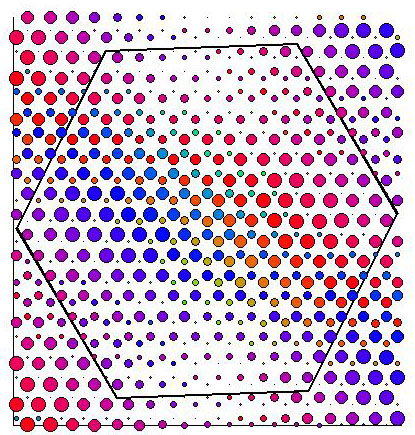| * |
|
Theory of Transport in Graphene
Summary:Graphene, a single layer of carbon atoms, is one of the most likely materials to produce the next breakthrough in the electronics industry. Ideal graphene has the highest electron mobility of any known material, giving rise to high electron and thermal conductivities, which are both critical for making highly efficient electronic devices. However, devices never achieve the ideal properties of graphene due to interactions between the graphene and the materials surrounding it, including the substrate and the contacts. The different growth and fabrication techniques that have been tried lead to a wide variation in electronic properties due to interactions between the electrons and the environment around the graphene. Our goal is to develop a theoretical description of the effect of the environment on the transport properties of graphene in order to enable the development of graphene into an important material for electronics applications. Description:When many carbon layers are stacked on top of each other, the result is graphite. When just a two layers are stacked, the result is called “bilayer graphene” and when there are just a few layers, “few-layer graphene.” Although monolayer graphene has been studied more than these other forms, the multilayer forms have advantages for applications. Some of the growth techniques that are most likely to scale up to device production naturally produce few-layer graphene. Additionally, by applying an electric field perpendicular to the layers, few-layer graphene can be modified to have a band gap, an important feature in all semiconductor electronic devices. We calculate the transport properties of monolayer graphene, bilayer graphene, and few-layer graphene using a variety of approaches. Selected Publications
|
 Electronic coupling between individual atoms in the top and bottom layers of a twisted graphene bilayer. Lead Organizational Unit:cnstCustomers/Contributors/Collaborators:Staff:
Mark D. Stiles - NIST
Shaffique Adam - NIST (now at Yale NUS) Hongki Min - NIST/UMD (now at Seoul National University) Joseph Stroscio - NIST Nikolai Zhitenev - NIST Young Jae Song - NIST/UMD (now at Samsung) Suyong Jung - NIST/UMD Contact
Mark D. Stiles, Phone 301-975-3745 NIST |
